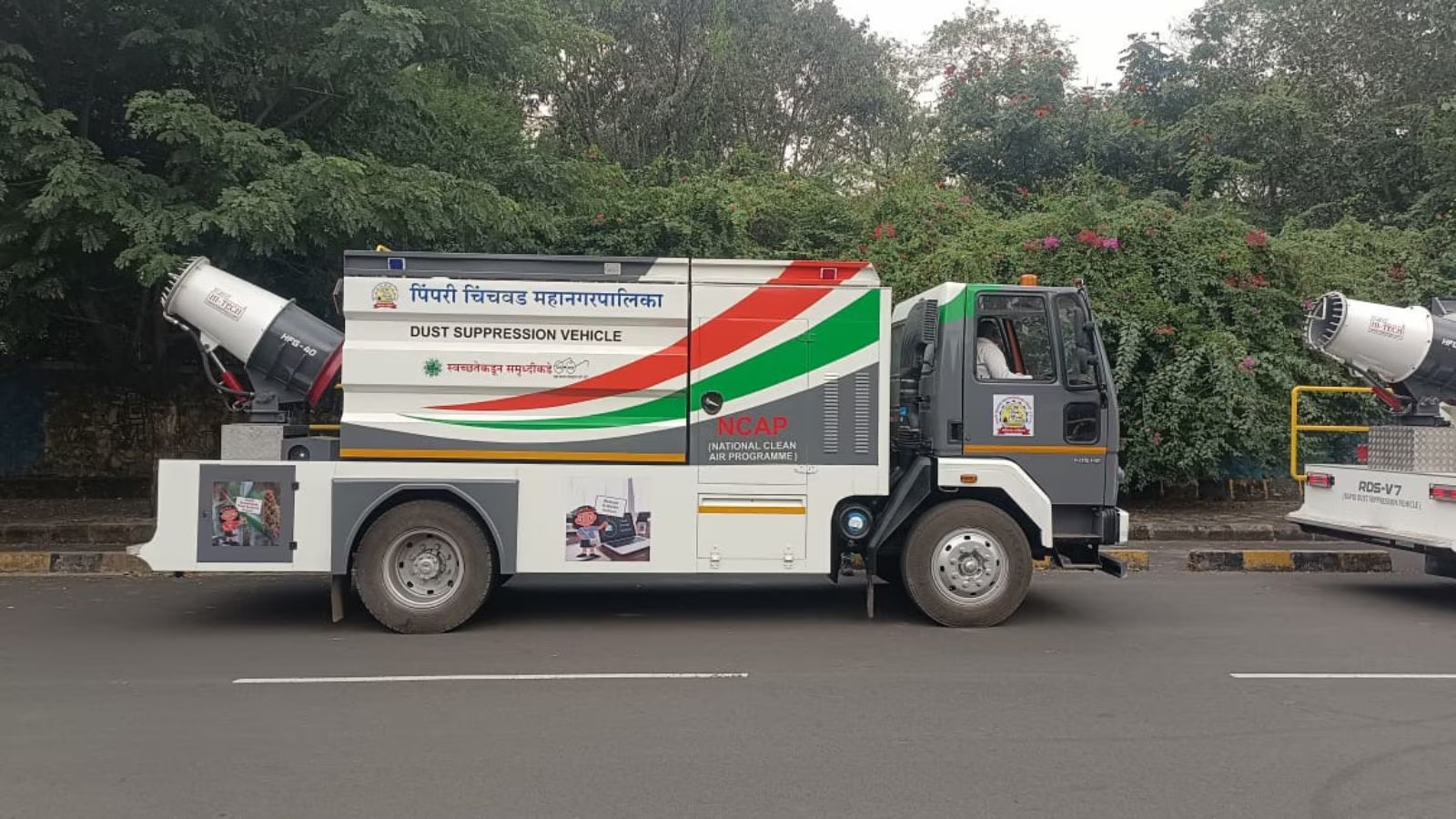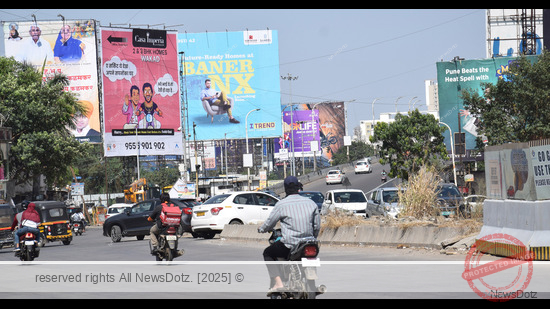Pimpri-Chinchwad’s GRAP anti-pollution plan lies unimplemented four months after launch. Residents face worsening air quality as PCMC struggles with delays and poor coordination.
By Mrudula Narale | Pune | April 14, 2025
Four months after the Graded Response Action Plan (GRAP) was launched with much fanfare, Pimpri-Chinchwad’s air pollution crisis continues to worsen. The ambitious roadmap to cleaner air has failed to move beyond paperwork—leaving citizens gasping, literally and figuratively.
Grand Plan, Poor Execution
Last December, the Pimpri-Chinchwad Municipal Corporation (PCMC) announced GRAP as a proactive response to rising pollution. The multi-crore initiative was meant to include:
- Air purifiers in key traffic zones
- Anti-smog guns at construction hotspots
- Mechanized road cleaning vehicles
- ANPR cameras to penalize polluting vehicles
- Real-time air quality forecasting in partnership with C-DAC
- Public awareness campaigns on pollution alerts
Yet, four months later, much of it remains stuck in planning and paperwork. According to residents, the only visible implementation has been occasional water sprinklers near construction zones.
What Citizens Are Saying
“My kids return from school with sore throats and coughs nearly every day,” said Sneha Deshpande, a resident of Wakad.
“We were told about air purifiers and crackdown on construction dust, but we’ve seen nothing.”
Senior citizens, too, report eye irritation and breathing issues, especially during morning walks when pollution levels are typically higher.
PCMC Admits Delays
PCMC officials acknowledge the delay, citing coordination hurdles between departments and vendor issues in procuring equipment.
“We underestimated the complexity of inter-department implementation. The GRAP rollout is delayed but not abandoned,” said a senior PCMC official on condition of anonymity.
Why It Matters
According to the Maharashtra Pollution Control Board (MPCB), Pimpri-Chinchwad’s AQI (Air Quality Index) has hovered between 170-250 on most days in March and April—levels deemed ‘unhealthy’ for sensitive groups.
Hotspots like Chinchwad, Nigdi, and Hinjawadi are seeing particulate matter (PM2.5 and PM10) well above permissible limits, primarily due to:
- Unregulated construction activity
- Rising private vehicle usage
- Dusty roads and poor maintenance
Where Is GRAP Now?
Despite initial promise, the following key components are either incomplete or not started:
| GRAP Component | Status |
|---|---|
| ANPR Cameras | Not Installed |
| Anti-Smog Guns | Delayed |
| Road Sweeping Machines | Partially Active |
| C-DAC AQI Forecasting | On Hold |
| Public Awareness Campaigns | Absent |
The Bigger Picture
Experts warn that delayed action now could worsen public health in the long run.
“With rising temperatures and pollutant concentration, respiratory illnesses will spike if PCMC doesn’t act fast,” said Dr. Ramesh Bhate, a pulmonologist in Pimpri.
The Way Ahead
Residents are now urging PCMC to:
- Release a revised GRAP implementation schedule
- Publish real-time air quality updates online
- Enforce strict norms for construction and traffic zones
- Engage schools and RWAs in awareness drives
Until then, Pimpri-Chinchwad continues to choke, as its clean air dream fades under layers of dust—and bureaucracy.
Follow Us : https://www.instagram.com/newsdotz?igsh=MXRleTNiZnV5eThuYg%3D%3D&utm_source=qr



